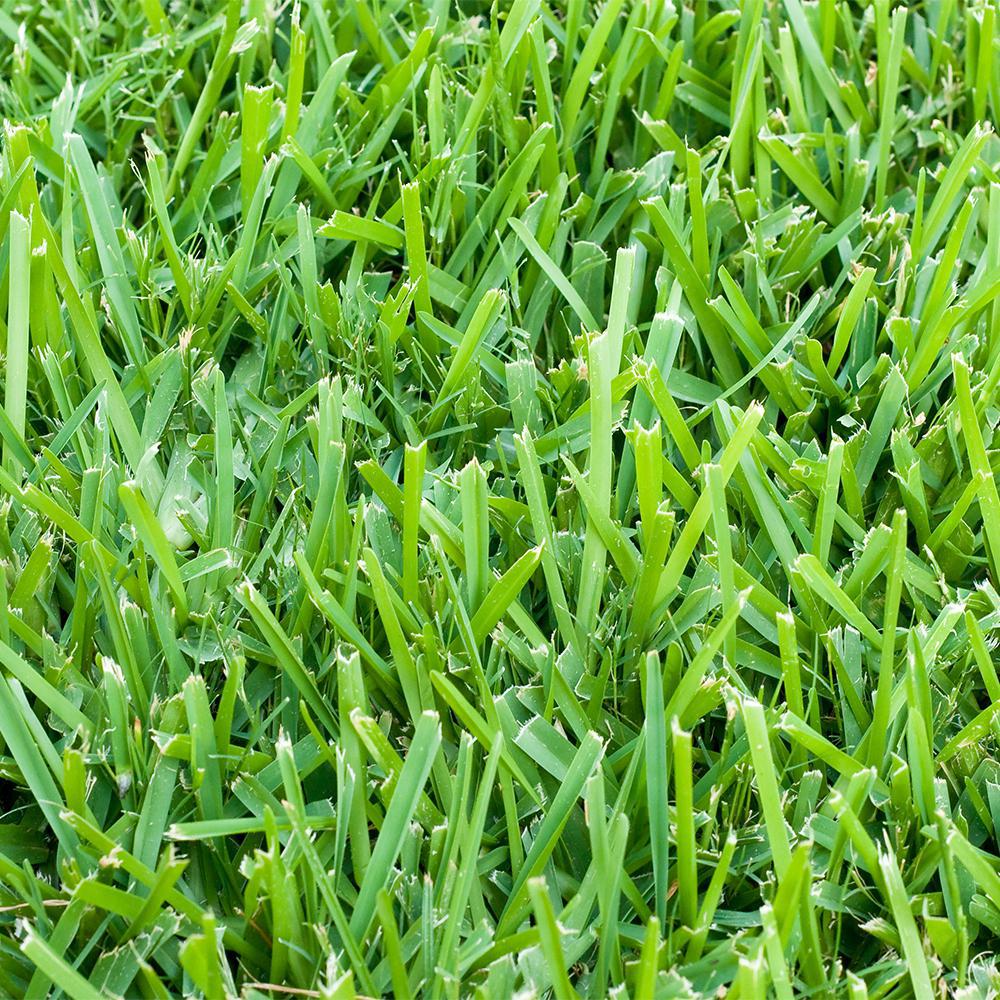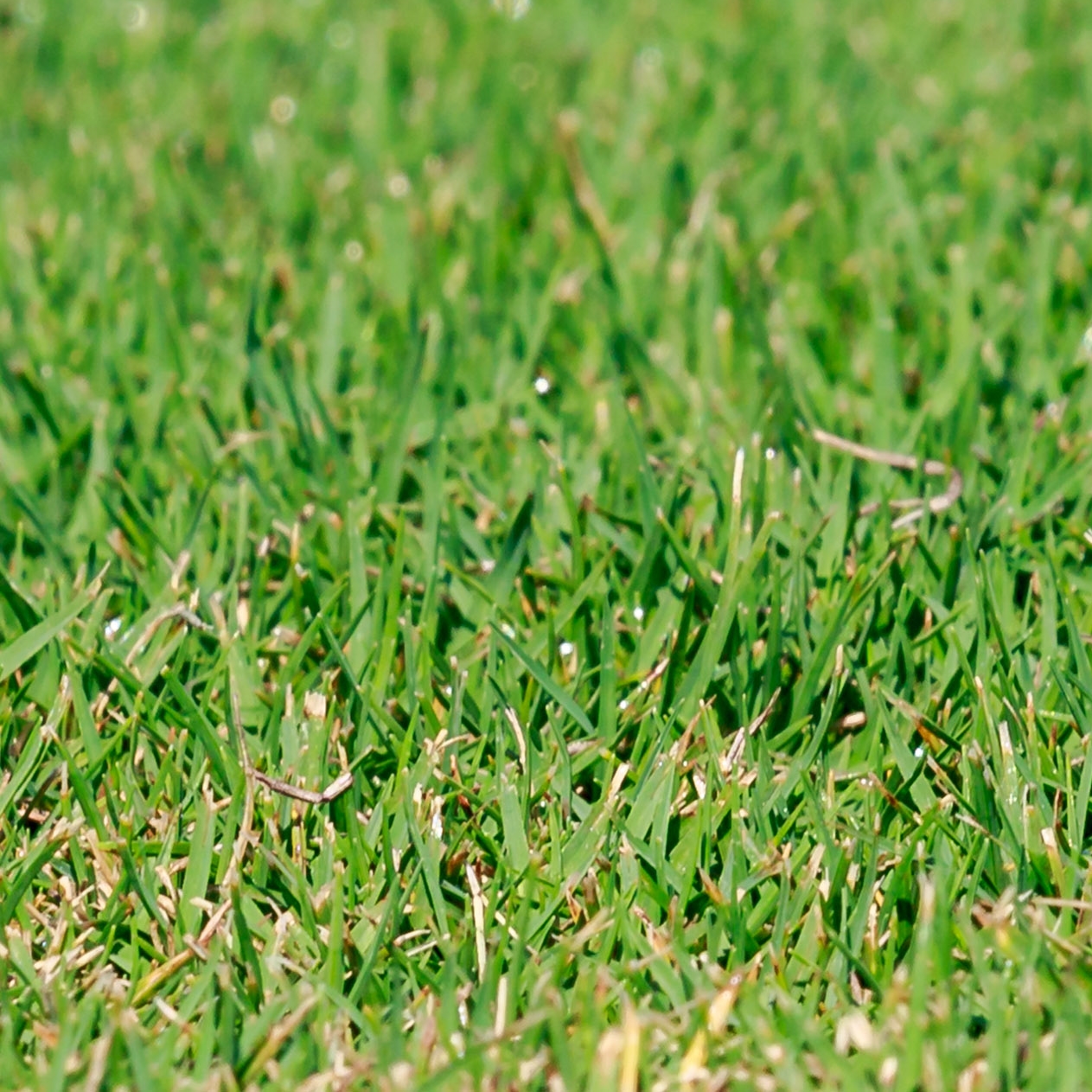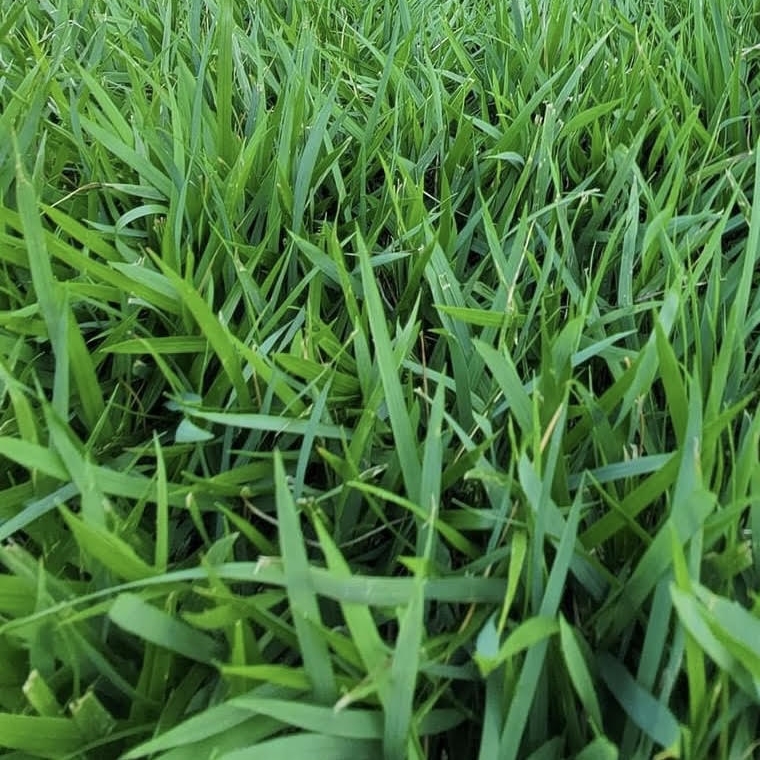Transform Your Outdoor Space with Premium Grass
At Green Century Services, we specialize in creating lush, vibrant outdoor spaces with top-quality sod. Whether you’re starting fresh or revitalizing your yard, our expert team ensures lasting beauty and functionality for your landscape.
Premium Sod Options for Every Need
Choosing the right sod is essential for achieving a beautiful, resilient yard. In Houston’s unique climate, it’s important to select varieties that can withstand heat, humidity, and occasional cold. We offer a range of premium options to suit various needs, including:






- Raleigh St. Augustine – Perfect for shaded areas, offering dense, lush coverage.
- Tifway 419 Bermuda – A durable option for sunny spaces and high-traffic areas.
- Common Bermuda – A versatile and low-maintenance choice for open landscapes.
- Palisades Zoysia – Known for its drought resistance and soft texture.
- Cavalier Zoysia – Ideal for shaded spots, with fine, uniform blades.
- Emerald Zoysia – A premium choice with a rich green hue and dense growth.
We carefully assess your yard’s unique conditions—such as sunlight, soil type, and foot traffic—to recommend the perfect sod or grass for your environment.
The Benefits of Sod Installation
Sod offers an immediate transformation for your outdoor space, creating a lush, green surface that enhances your home’s curb appeal. Additionally, it:
- Prevents soil erosion and improves drainage.
- Reduces heat around your home and provides a cooling effect.
- Creates a comfortable surface for outdoor activities.
- Promotes cleaner air and environmental health.
Professional Installation Services
Proper preparation and timely installation are essential for successful rooting and growth. At Green Century Services, our professional installation process includes:
- Site Preparation: Clearing debris, leveling the ground, and grading the soil.
- Delivery: Fresh, high-quality sod or grass delivered directly to your location.
- Installation: Installed promptly to ensure quick establishment.
With our expertise, your outdoor space will thrive with lush, healthy sod, providing long-lasting beauty and functionality.
Showcase of our recent projects
Take the first step toward your dream project. Fill out this form to begin!
Have Questions?
Contact us with any questions or for personalized assistance. We’re here to help every step of the way.
Address
6331 N. Eldridge Pkwy Houston, Texas, USA
Phone






















